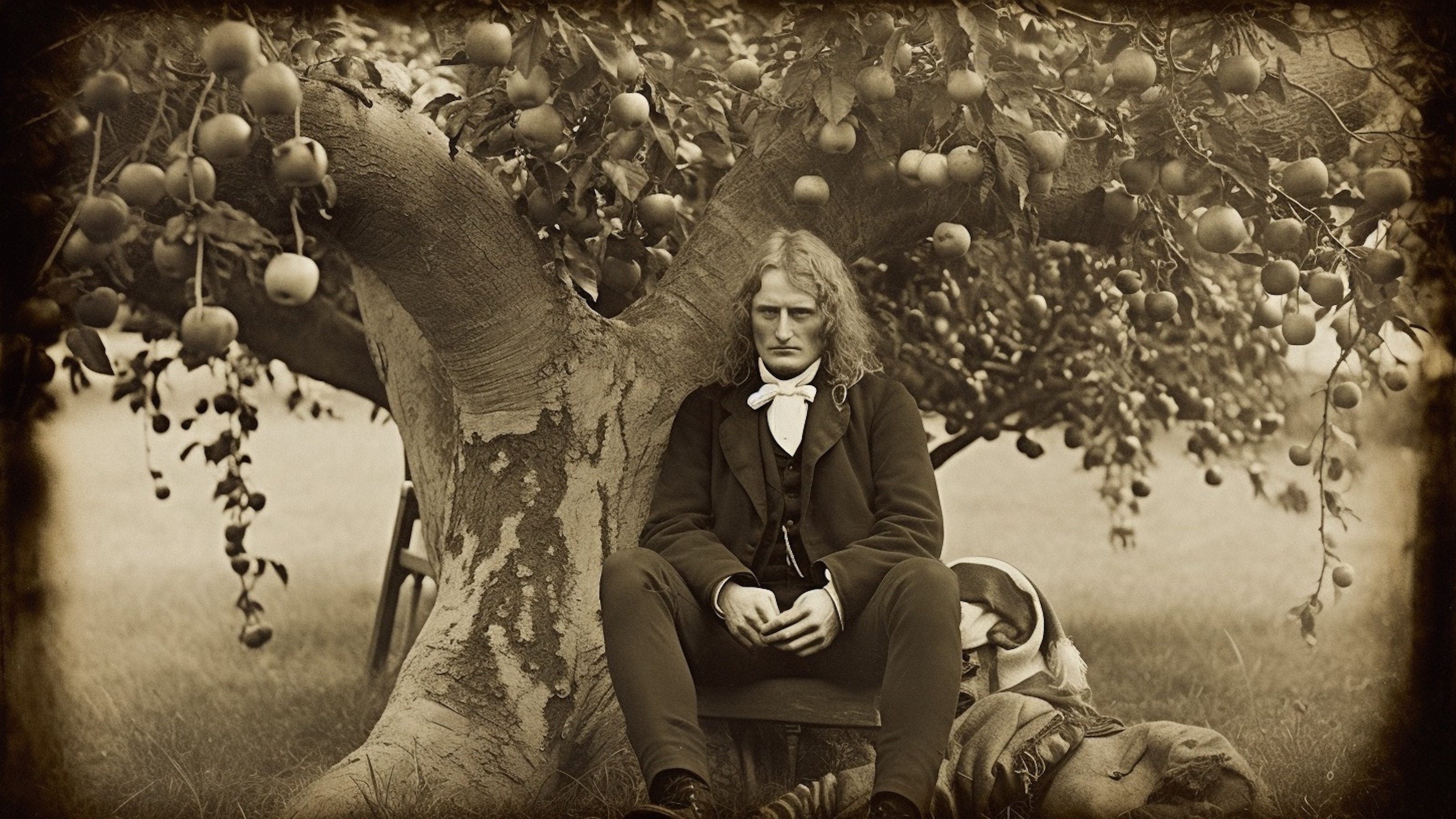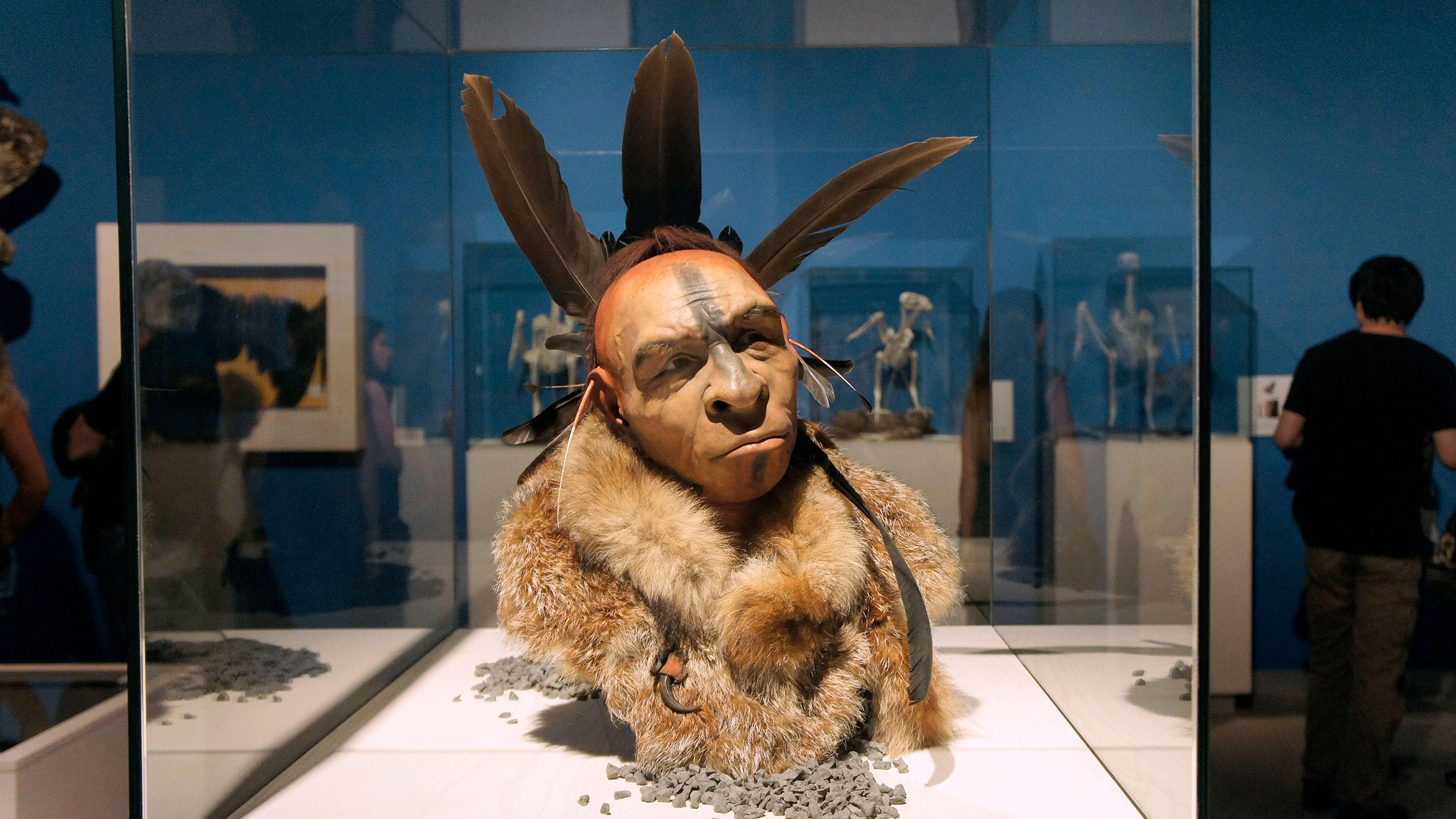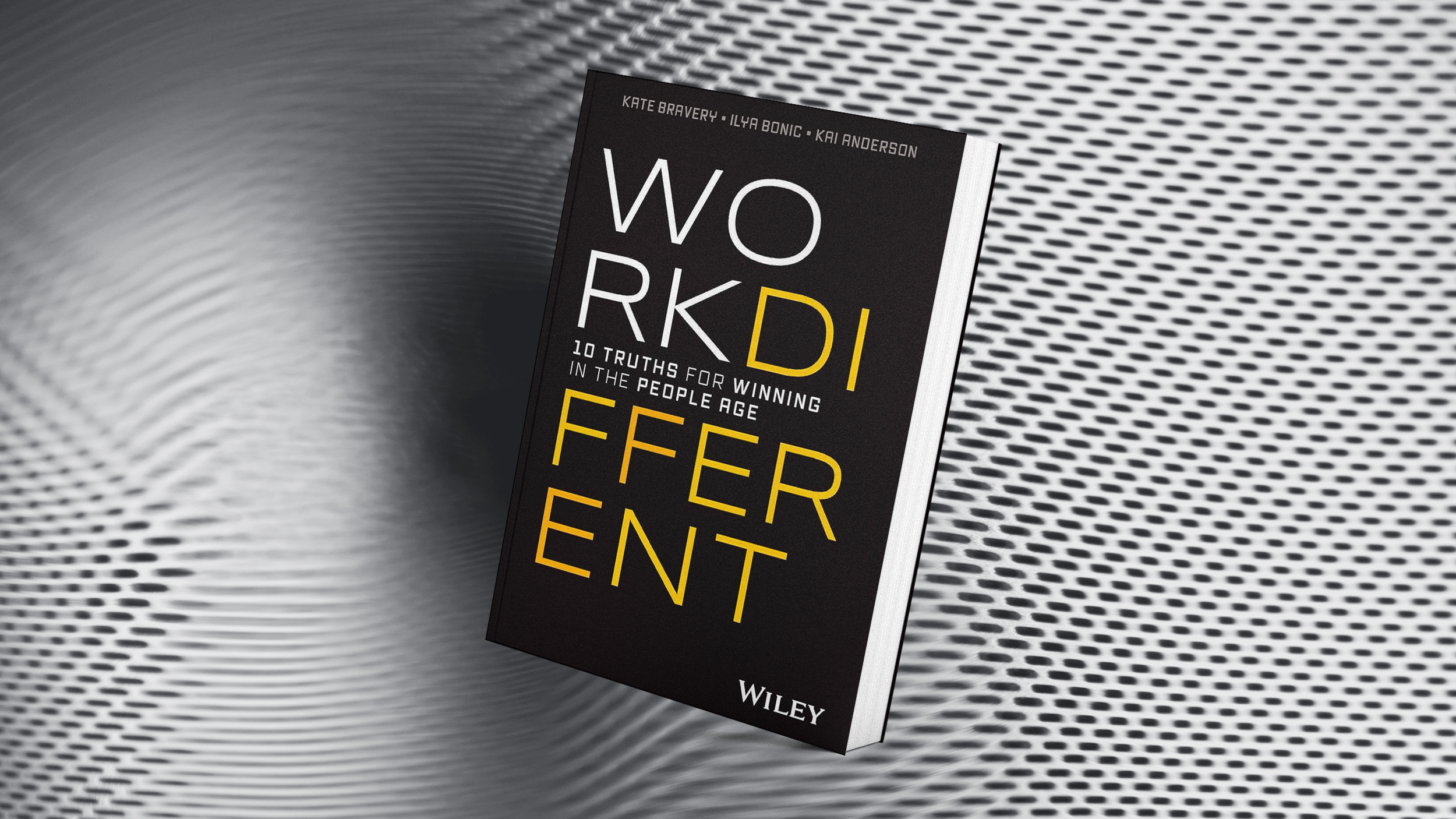The innovative structure of giant church congregations like Saddleback Church in southern California provides a model that businesses can emulate.
Question: How have American religious organizations innovated in order to remain appealing to younger churchgoers?
Robert Putnam: One of the interesting innovations in American religious history is at the root of the growth of these very large mega-churches of 20,000 or 30,000 or 40,000 people. The key invention that made this possible was small groups within these large churches because the size itself is a deterrent. Who wants to join a big large church if it's just 50,000 people sitting in an auditorium? For example at Saddleback, this church that we spent some time in, in Southern California, a church of about 30,000 people, really inside the organization of the church, there are thousands of small groups. The Mountain Bikers or God, and the Geeks for God for Cisco-certified professionals or the people who like to read the book of Job or people who are recovering alcoholics or people who have small infants, thousands and thousands of these smaller groups. And belonging to Saddleback means, sure, it means going to services and giving to the church and so on, but it really means, belonging to that smaller group.
That same principle can apply in many other organizational contexts. A large university is really off-putting, but you can make it much more appealing and much more efficient if inside a large university, which has economies of scale and can afford to have professors in, you know, relatively esoteric topics because you got a large market, but what makes it appealing to the students is smaller groups like colleges or other small groups inside the university that makes it appealing. Same thing applies in businesses, not just a huge, big store, but a store that has in it smaller shops like the Apple shop inside a larger store.
Now go back to the problem I started with, which is the problem of this disaffection of a very large number of American young people now from organized religion. I can't say exactly what will arise, but I'm certain that there will be innovations that will appeal to that target too, because there are a lot of American religious people who are kind of entrepreneurs. They want to save souls and there’s a whole bunch of souls out there in that market niche that is young people put off by politics and sort of moderate and maybe progressive politically, and I'm pretty sure that over the next 10 or 15 years what will arise is some kind of new, not new religion, but some kind of new formulation of existing religions, probably Christianity because most people in America are Christian, but that has some of the features of evangelicalism. It might have some of the features of what are sometimes called Pentecostalism that is you know, pop music and not you know the old-fashioned hymns, but pop music and a lot of hugging and a lot of dancing even in services, but without the hard right politics.
So if you imagine a marketer saying, "I know what's going to appeal to that market," it's going to have some of the features of the old, but it's going to be... were going to shave away what drove these people out of church, which is the hard right politics in that talk about homosexuality and abortion and so on.
I’m using little bit of a business metaphor here to describe church. You might think that's sacrilegious, but Jesus said to his own disciples, "Be fishers,” that is anglers, “fishers of men.” And to continue that metaphor, here is a pool of people, the young people, there are a lot of fish there and no anglers there at that pool right now and I'm certain that over the next 20 or 30 years there are going to be a lot of people trying different lures into the pond.
Recorded December 15, 2010
Interviewed by Max Miller





